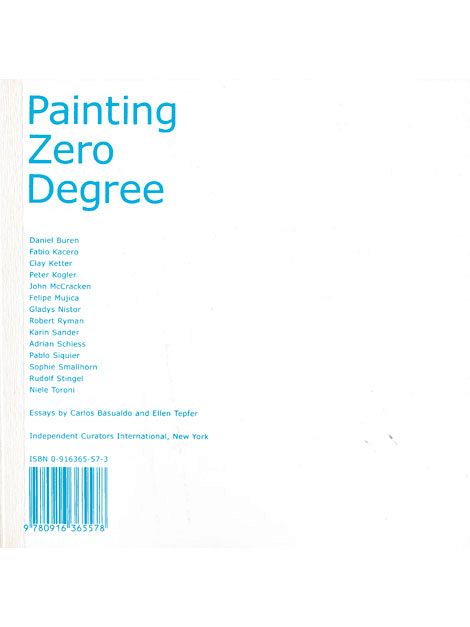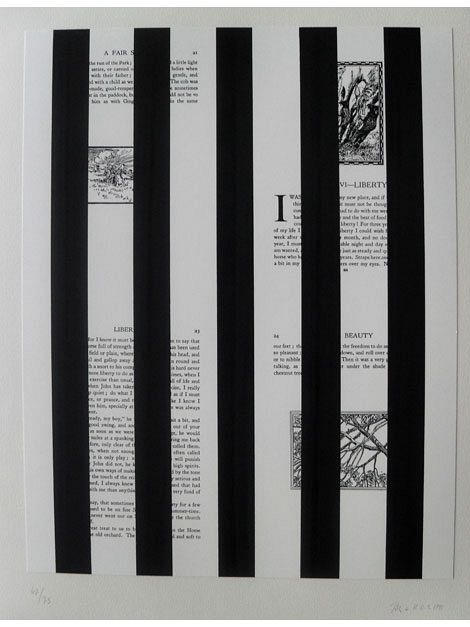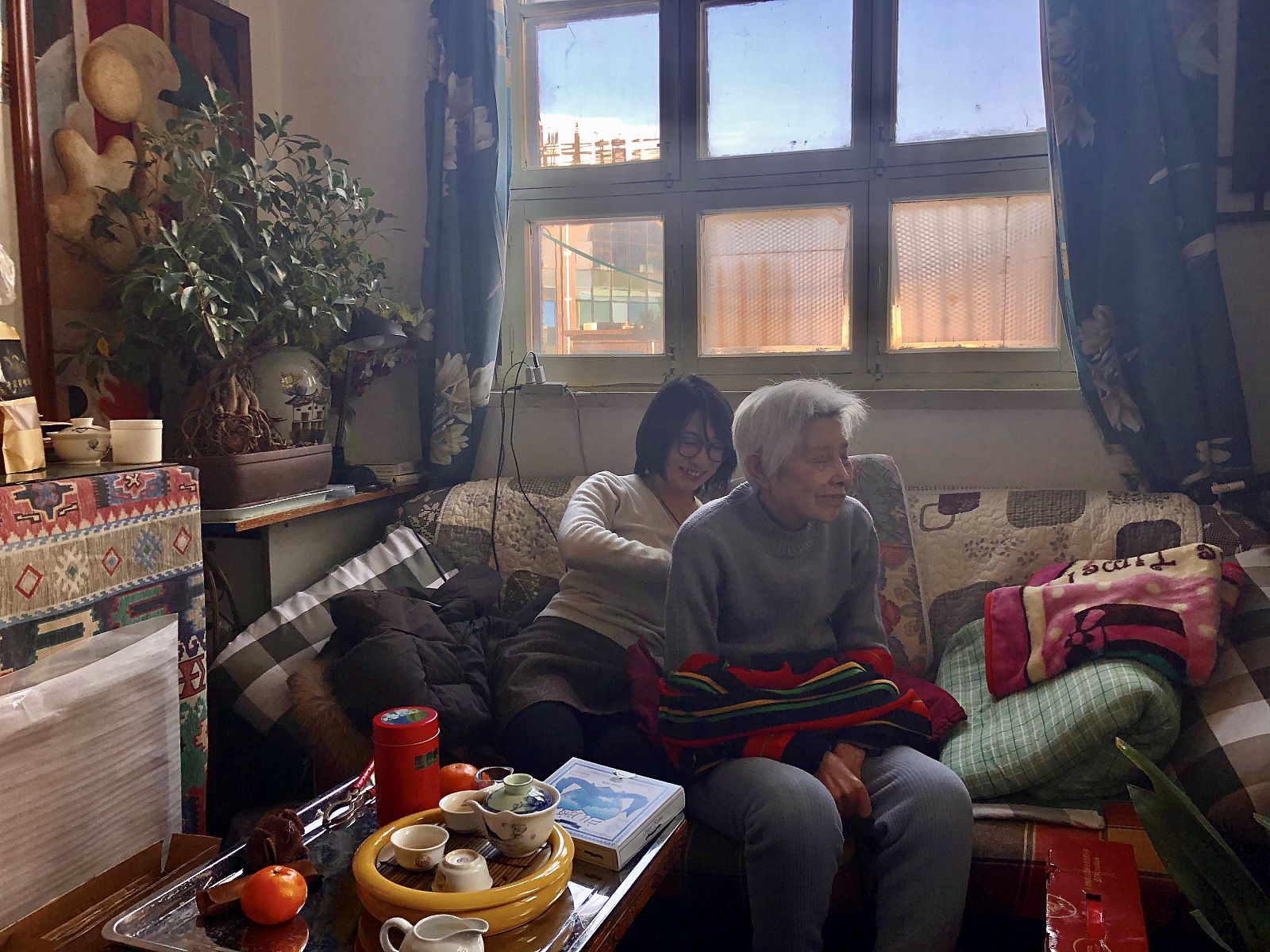Curator Margaret Winslow developed this proposal during the Fall 2010 Curatorial Intensive in New York.
In 2012, the Delaware Art Museum will celebrate 100 years of supporting the visual arts in its community through its collection, exhibitions, and programs. This centennial anniversary year offers an opportunity to reconnect with the City of Wilmington and its residents to invite them to join in the celebration of the 100-year history of their local art museum. As a means of activating two public spaces in the city—the Museum’s 10 acre campus and Rodney Square two miles away in downtown Wilmington—the Museum will collaborate with one artist to create a work of art that addresses and spans the physical divide between these two areas. The resulting project will both connect the creative energy across the city and encourage viewer engagement and participation.
Wilmington and its local arts organizations have nurtured a vibrant community since before the founding of the Delaware Art Museum in 1912 and recent artist-driven initiatives have strengthened civic involvement. The city-sponsored First Friday Art on the Town loop boasts approximately twenty venues each month and an after-party for gathering and conversation. Shipley Lofts—an artist live/work space with twenty-three units—opened in June 2010 at full capacity. By co-opting vacant spaces downtown, the eighty-member collective, New Wilmington Art Association (NWAA), has presented experimental work by emerging artists for that past two years. The Delaware Center for the Contemporary Arts—founded by a volunteer group of artists and patrons in 1979—operates as a kunsthalle for temporary exhibitions.
The Delaware Art Museum, one of the first collections-based institutions in the state, has traditionally provided a counterpoint for these artists-run organizations though at its founding, the Museum’s earliest activities took place on Rodney Square downtown. The museum’s first exhibition featuring the work of Howard Pyle was held in the Hotel du Pont, and later the Museum occupied three rooms in the Wilmington Institute Free Library Building. The centennial and this proposal have presented the Museum with a unique occasion to reconnect with the renewed energy downtown and acknowledge the Museum’s, the City of Wilmington’s, and the residents’ commitment to the visual arts.
This centennial anniversary artist commission also presents a means to reflect on the city’s past 100 years—years that included advances in industry and technology, race riots and nine month occupation by the National Guard following the assassination of Martin Luther King, Jr. in 1968, and the redrafting of tax laws in the 1980s that led many major companies to become incorporated in downtown Wilmington. Intersections of this nature—between art, community, and history—are of the type that leads to projects “not just about art in place but of place” as curator and author Mary Jane Jacob has explained, and as a result, the artist, the process, and the resulting work of art should all become ingrained in the City of Wilmington’s collective consciousness.
The public realm as presentation site traces a long history as many art projects in the early 1960s saw a necessary rupture between museum and presentation, in part due to the type of work being created. No longer dependent upon the traditional exhibition space afforded by the kunsthalle, such practices—performance art, earth art, site-specific installation, or large-scale sculpture—asserted an expanse into and engagement with public space. Models that informed the development of this proposal include the 1962 Spoleto Festival. Münster, Germany’s 1987 Skulptur Projekte, and Paul Ramírez Jonas’ 2010, Key to the City, among many others. These ventures left the physical constraints of the museum and were positioned within the urban environment. Situated within a dense community, impermanent public art compels viewers to address the unexpected encounters they experience. Exploring the City of Wilmington as site combines museum and artist with community and space through a new model of interaction for this community.
As Jacob explained in a 2002 interview, many successful projects in the public realm follow a similar process—affording time for research and community involvement and operating as “an exercise for artist and audience to connect in the present moment.” Such exercises serve to activate history and the collective memory in a mode unlike traditional public monuments that tend to immobilize the past. Considering this process, the project timeline begins by inviting several regional artists to visit the city and Museum and consider how their public practice might align with the project. From these initial proposals, the Museum’s curator of contemporary art—with assistance from the curatorial department—will select an artist and devote the majority of 2011 and 2012 to research and project development. The project culminates with a display of the resulting work of art in 2013, which perhaps in turn will prompt a new kind of artistic practice within the City of Wilmington and a new level of support from the entire community.
Learn More
For more information about the Delaware Art Museum Centennial Anniversary Commissioned Artist Project, please contact curator Margaret Winslow at MWinslow@delart.org.






